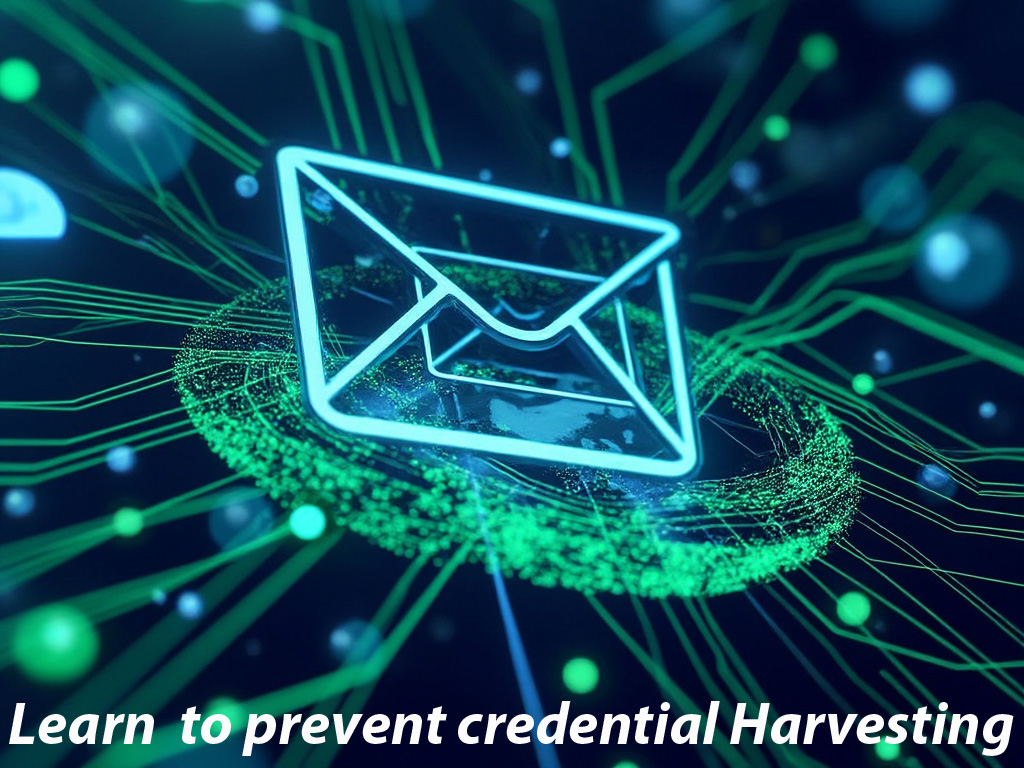Credential harvesting is a cyber attack technique used to collect sensitive login information, such as usernames, passwords, and other authentication credentials, from individuals or systems. These credentials can then be used by attackers to gain unauthorized access to networks, systems, and sensitive data. Credential harvesting is a critical step in many cyber attacks, as it allows attackers to impersonate legitimate users and potentially bypass security measures.
Here are ten steps to help prevent credentials harvesting, based on general cybersecurity practices and insights from recent information:
- Use Multi-Factor Authentication (MFA): Wherever possible, enable MFA. This adds an additional layer of security, making it much harder for attackers to use stolen credentials.
- Avoid Password Reuse: Encourage or enforce the use of unique passwords for different services. Password managers can help generate and store complex passwords.
- Educate Employees/Users: Regular training on recognizing phishing attempts, suspicious emails, or fake websites designed to harvest credentials can significantly reduce the risk.
- Implement Passwordless Authentication: Consider moving towards passwordless systems where authentication might rely on biometrics, hardware tokens, or other forms of verification.
- Monitor for Credential Exposure: Use services or tools that monitor the dark web or other platforms for exposed credentials associated with your domains or company.
- Secure API Usage: For developers and businesses, ensure APIs are secured with rate limiting, OAuth2, WebAuthn for authentication, and always use HTTPS to encrypt data transmission.
- Regular Software Updates: Keep all systems, applications, and security software up to date with the latest patches to protect against known vulnerabilities.
- Limit Access and Privileges: Implement the principle of least privilege (PoLP), where users and systems have only the permissions they need to perform their function, reducing the impact of credential theft.
- Use Advanced Detection Systems: Employ security solutions that can detect unusual login patterns or multiple failed login attempts, which could indicate a credential stuffing or harvesting attempt.
- Social Engineering Defence: Since credential harvesting often involves social engineering, adopting a comprehensive security awareness program that includes how to handle and scrutinize unexpected requests for credentials or personal information is crucial.
According to the cybersecurity experts’ advice, these steps reflect a mix of technological solutions, user education, and best practices in identity and access management to mitigate the risks associated with credential harvesting. Remember, security is an ongoing process, and staying updated with the latest security trends and threats is also vital.
